The Bean King Twelfth night cake wasn’t officially part of my online medieval Christmas cooking class at eatmedieval. But it was, indirectly. When Giles Gasper, the history professor who contributed some online lectures mentioned a 14th-century...
My English bread and blood pudding. Blood Pudding I’ve never had English blood pudding before. I’d heard of it, of course, but have never had the opportunity. It’s not that I’d be adverse to the blood. With a German father and Czech mother, I grew...
I realize the tower looks like it suffered from artillery damage, but this is my pastry replica of the family castle. A Pastry Castle Family history married medieval cuisine when I baked a Christmas chastelet as the Moldenke castle. The idea came...
My dairy-free crème bastard. Crème Bastard “Crème Bastard” has been christened as a Game of Thrones recipe, all because of a passage in George R.R. Martin’s book. He describes the menu at the Lord Commander’s table at the Wall. Dessert consisted of...
My medieval gingerbread. The orange color comes from sandalwood, which also lent a delicate flavor. The Case of the Missing Ginger There’s a recipe for Gyngerbrede in a 15th-century collection in the British Library (Harley MS 279). Like any baker...
My duck with sawse madame, stuffed with quince and pears and decorated with oranges, fresh grapes, and chervil from my garden. Sawse Madame Galangal and poudre douce…. On the fourth day of Chrismas, in my attempt to create a memorable...
Some medieval flavorings, clockwise from the top: verjuice, grains of paradise, galangal, long pepper, hyssop, and sandalwood. Spices, spices spices! Sour and hot, the two flavor directions of the medieval cuisine, brand the food as distinct...
Bohemian napkin dumplings — a recipe from my Czech grandmother. Good King Wenceslaus looked out, on the Feast of Stephen, when the show lay round about, deep and crisp and even. Now I’m steering my time machine to Bohemia. Dec. 26 is the Feast...
Our boar’s head, bedeck’d with a garland of laurel, rosemary, and sage. The rosemary and sage are fresh from our garden and the laurel came from a neighbor. Thank you, Frau Spies! The boar’s head, as I understandIs the rarest dish...
Time machine by Frank Pfeiffer, Pixabay Medieval food as a time machine? Why not, I thought, when the ad showed up on my newsfeed in November. A Taste of Christmas Past Eatmedieval, a collaboration between Durham University and Blackfriars...

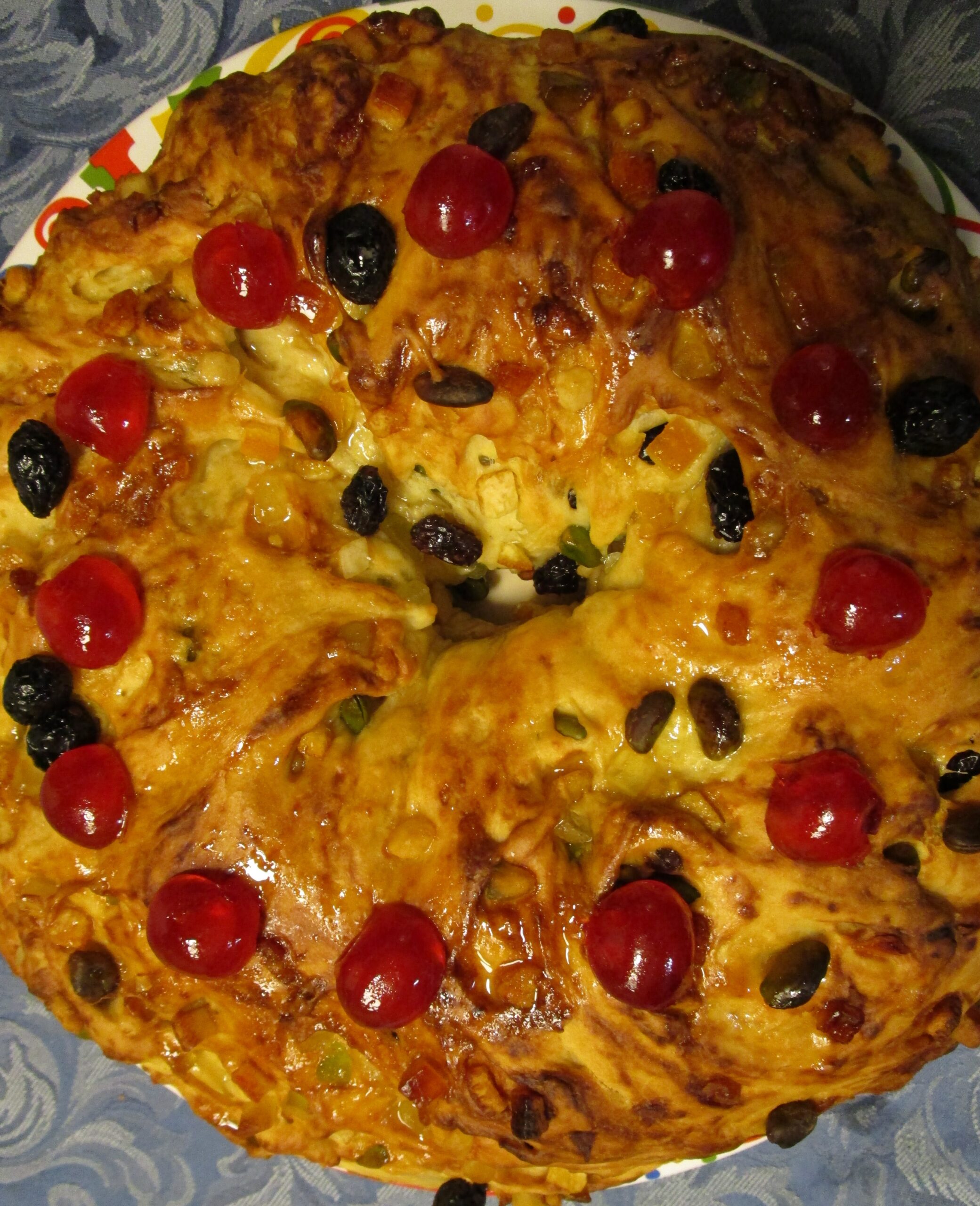
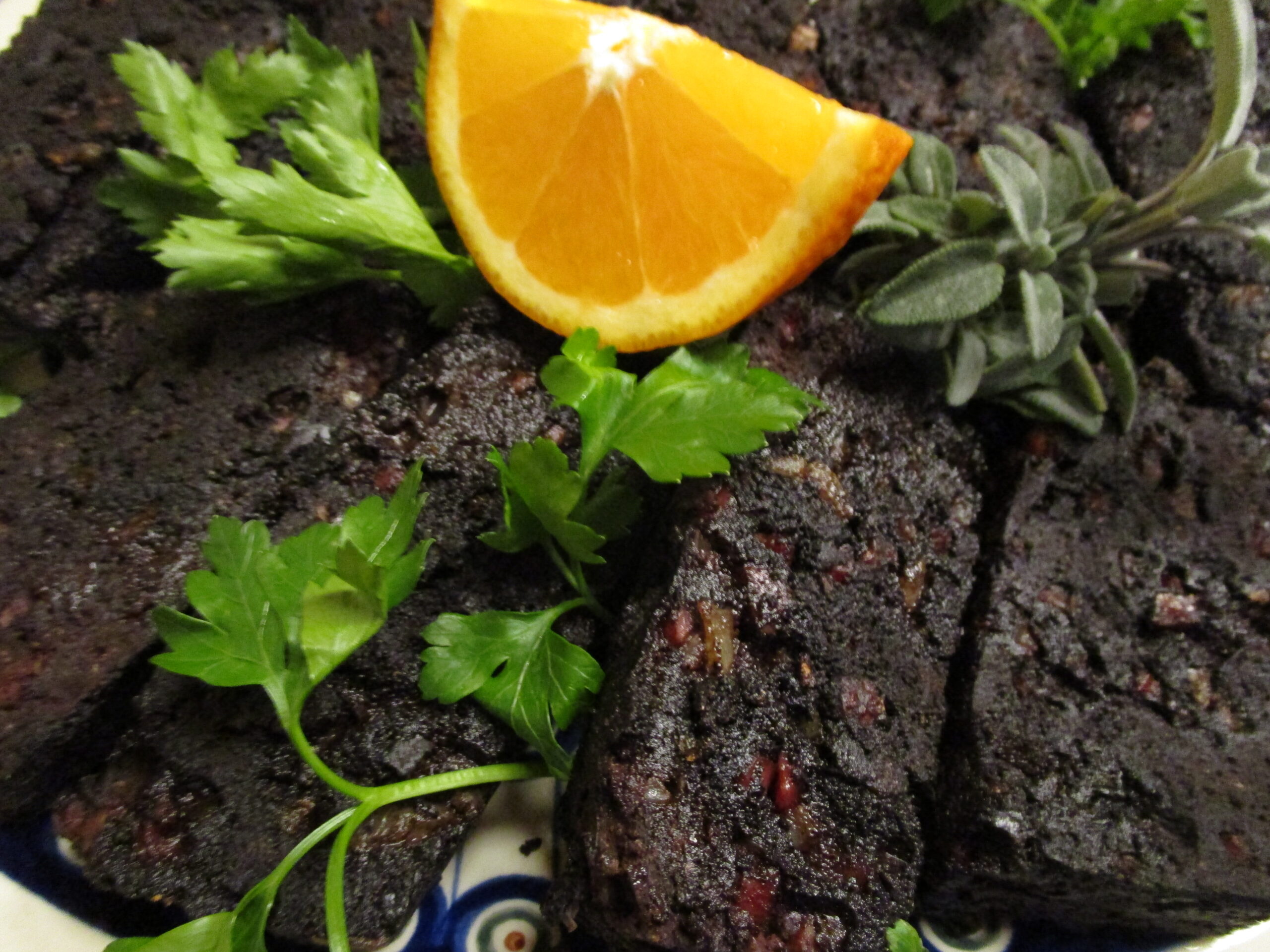
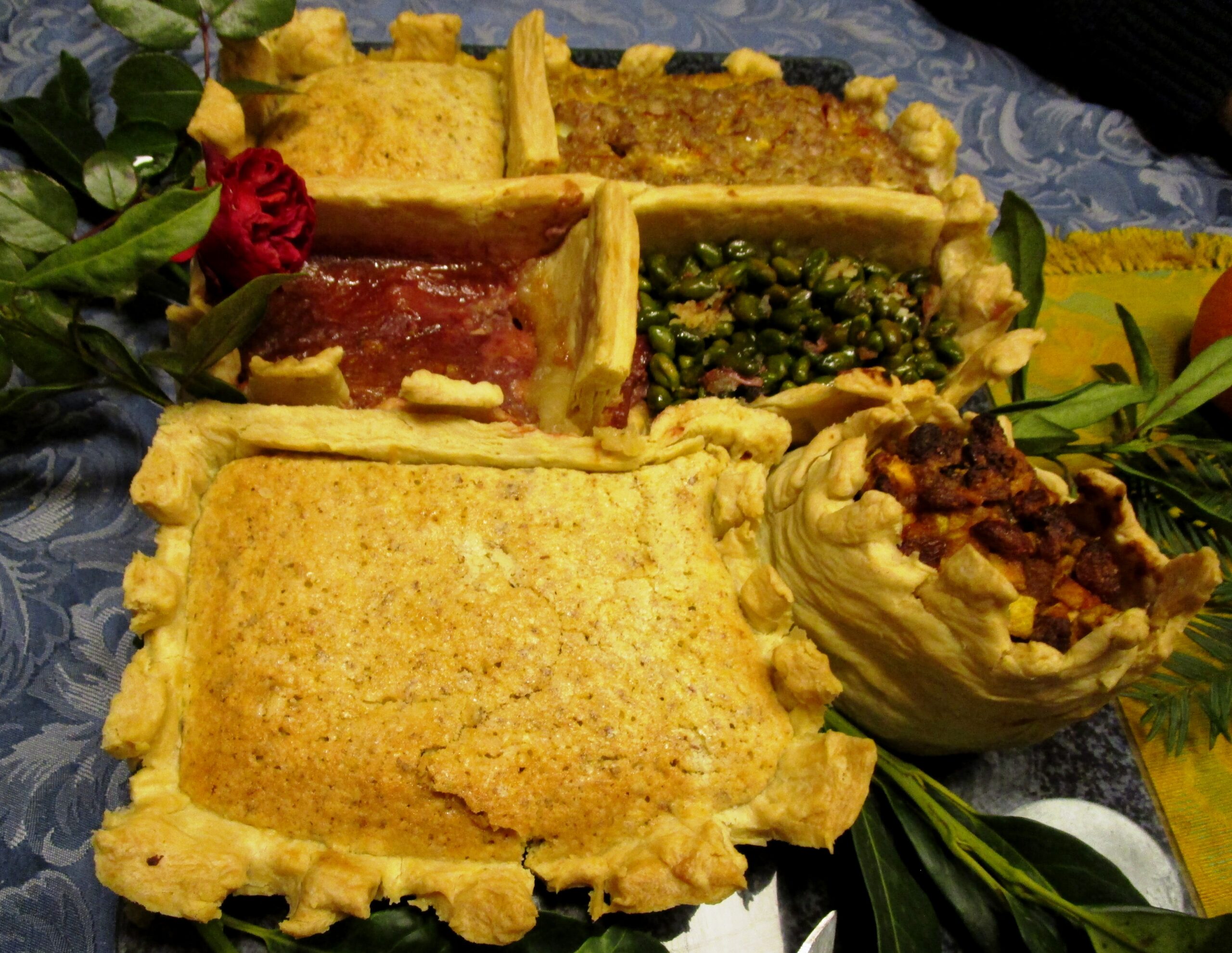
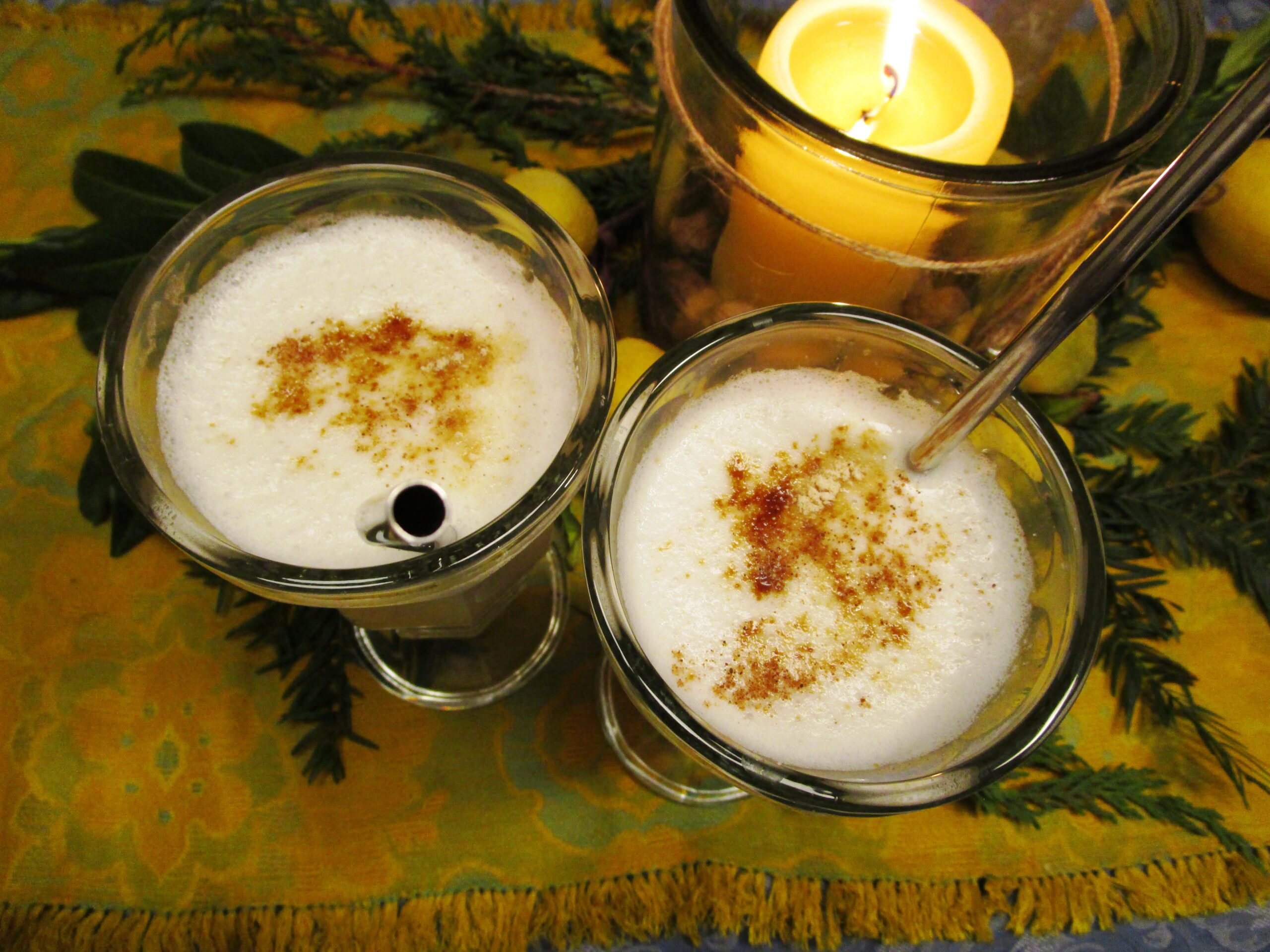
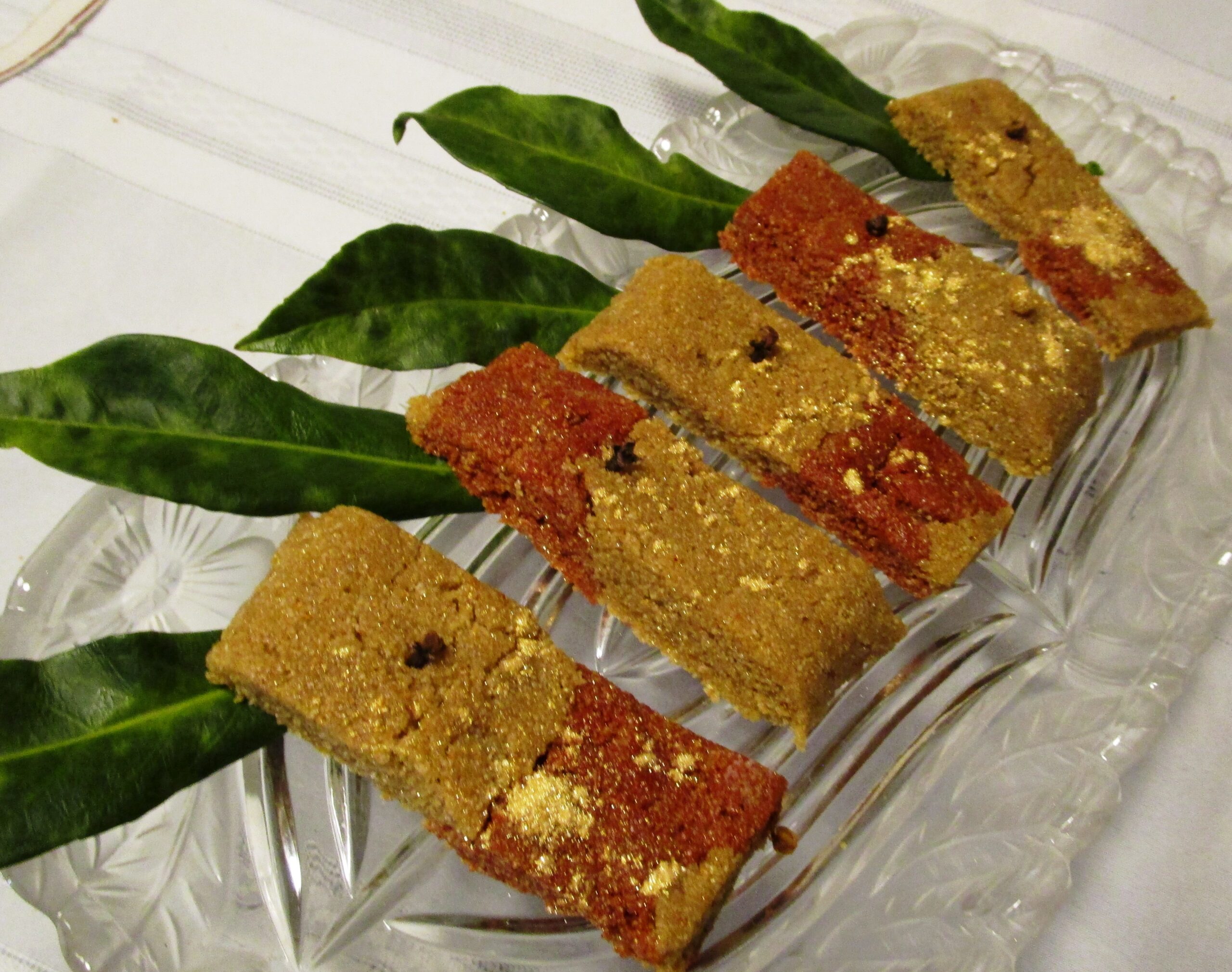
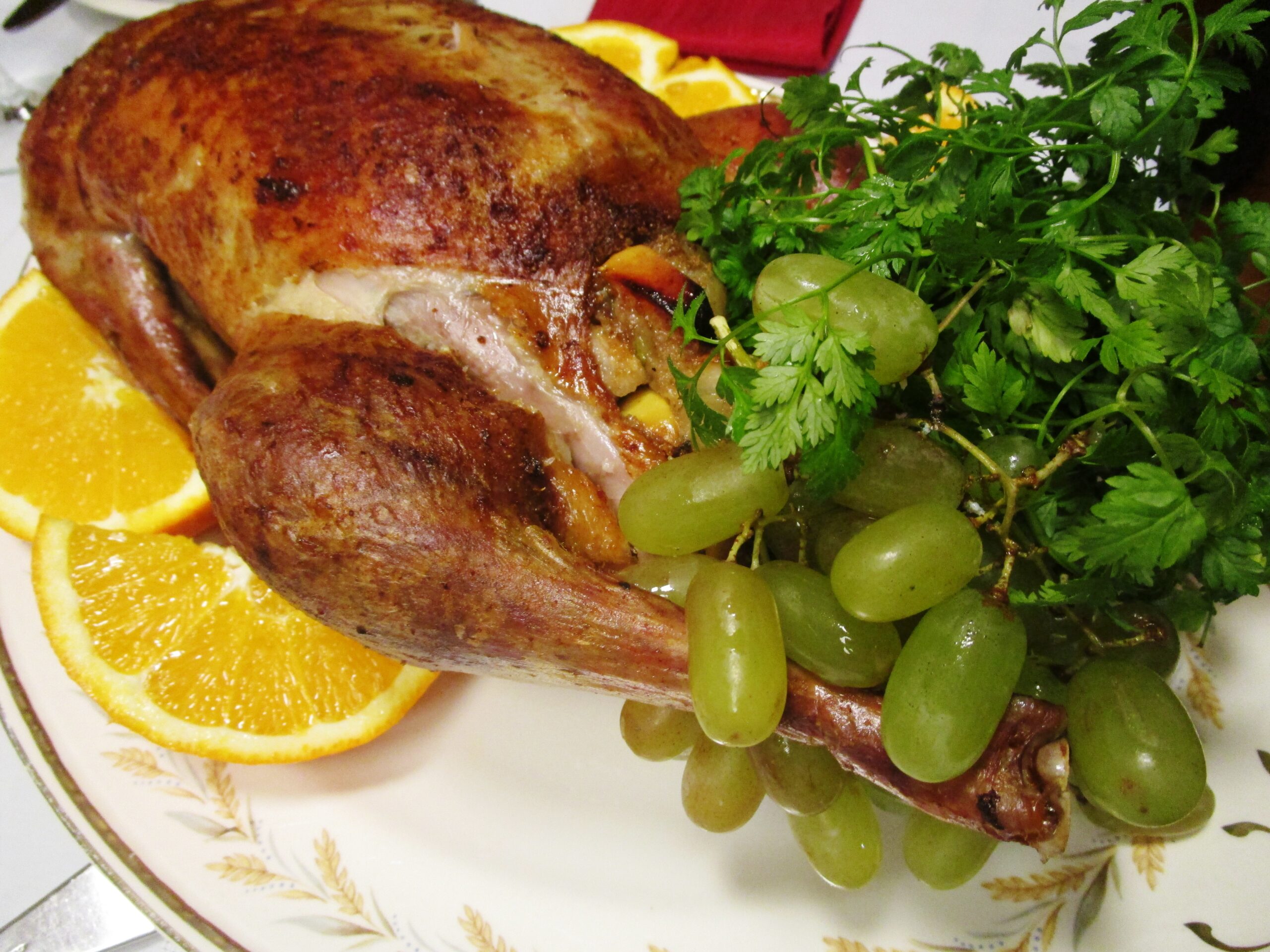

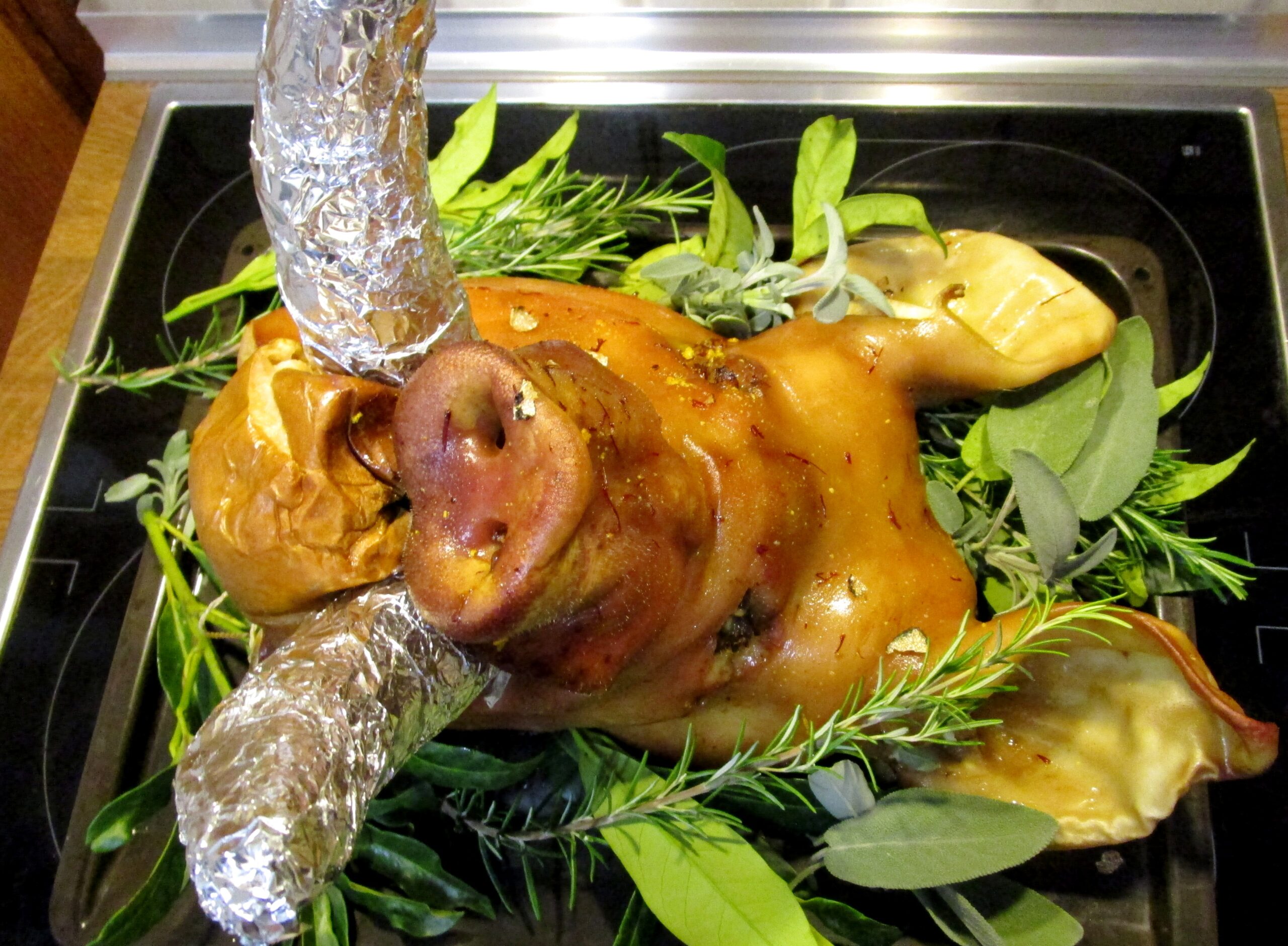

Recent Comments